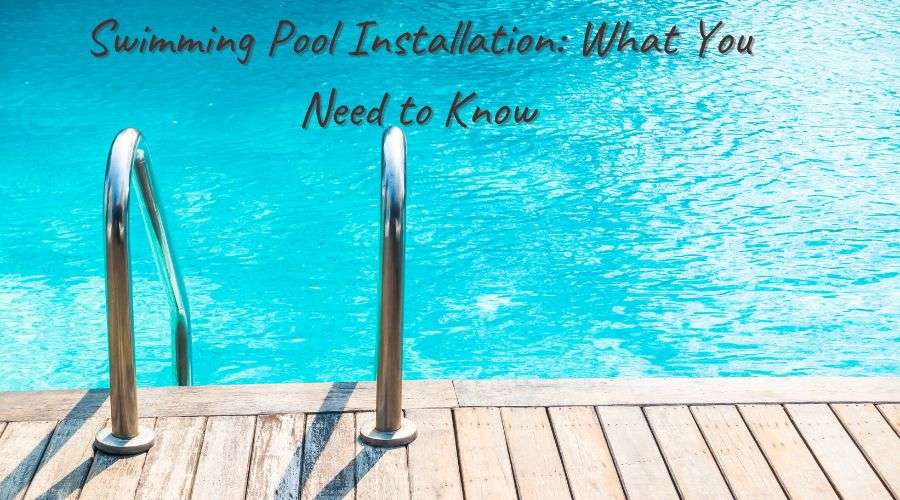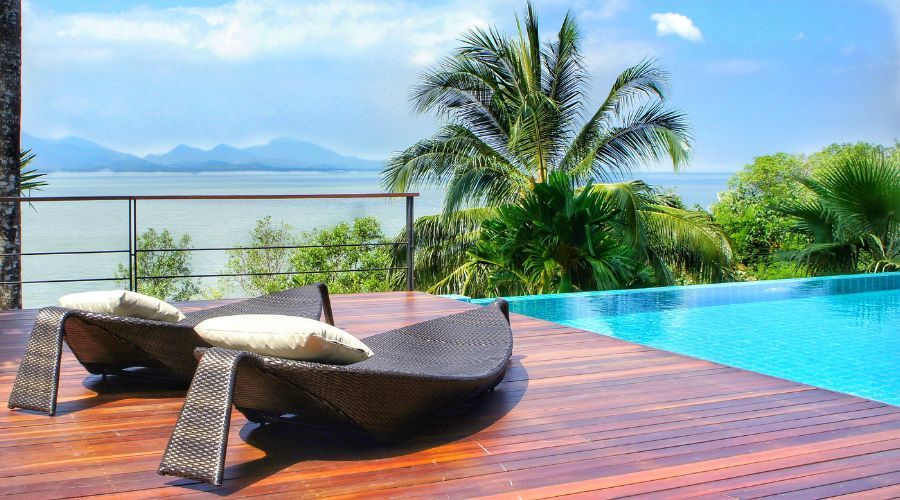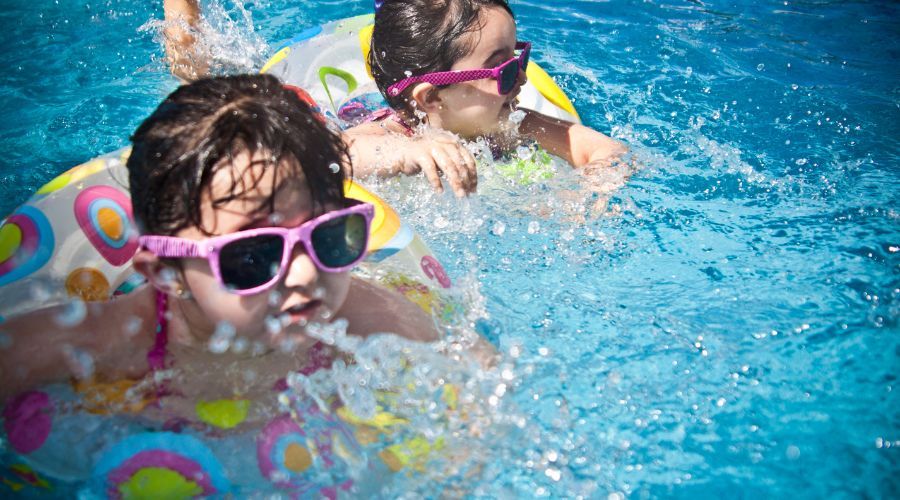
A swimming pool can quickly convert a dull backyard into a lively gathering spot for friends and family of all ages. A swimming pool is an excellent place for families. If you don't know how to swim, you may still enjoy the soothing effects of the water by reading while lying by the pool or dipping your feet in it. In addition, you may have a poolside party that no one will soon forget.
Before deciding, weighing the benefits and drawbacks of installing a pool would be best. If you want your private pool in the backyard, though, you'll need to put some thought into the details. Putting in or constructing a pool needs extensive planning, from determining an appropriate budget to researching various pool kinds, locations, zoning requirements, building standards, and pool equipment. Before you go ahead and put up a pool at home, think about these things.
Concrete, vinyl, and fiberglass pools are the three most common materials for in-ground pools. We'll break down the three categories for your benefit.
Concrete swimming pools are increasingly in demand because of their strength, durability, and adaptability. You may have them made according to your specifications with little effort. Shotcrete pools, or gunite pools, get their names from concrete being fired with a gun onto steel reinforcements in the walls. After the concrete is dry, the pool is given a textured plaster coat and a paint job. A concrete pool takes the most time to set up, around three to twelve weeks. A well-maintained concrete pool may easily last 50 years or more. It is possible to expand, modernize, and modify them.

A liner, a thin, custom-made sheet of vinyl, contains the water in a vinyl pool. Cement or sand provides a uniform surface for the pool's floor, and the walls are then fastened together before the liner is laid down and fastened over the top. The nice aspect is that vinyl inground pools can be erected quickly, so you can start swimming immediately. Any sharp item may puncture the liner of a vinyl pool, so keep pool toys out of the water. It has to be between 20 and 30 millimeters thick.
The shape of a fiberglass pool is predetermined in the manufacturing process. A crane lowers it into the freshly dug pit. That's why fiberglass pools can be built at a much quicker pace. There is less algae growth on fiberglass since it does not absorb water. The gel coat provides a smooth finish that also makes it stain-resistant.
One of the most crucial decisions when planning a swimming pool is where to put it. Pick an area shaded by the sun to appreciate the pool's temperature. Maintaining a pool surrounded by tall trees would be costly due to the accumulation of dead leaves. Strong winds may be unpleasant while wet, so it's best to avoid putting the pool where they're likely to blow. If constructed in a low-lying region, the pool might lead to mud and debris floods. It's also a bad idea to put your pool in a low spot where it might get in the way of traffic or drain into a sewer. These cables pose a significant risk of death in an accident.
The investment required to build a pool is a major one. The pool's size, type, and water recirculation system affect the cost. Some retailers provide attractive discounts during the off-season for family pool; thus, the time of year is also a significant factor in setting the price of a swimming pool. Concrete swimming pools are often the costliest option, with vinyl and fiberglass pools coming in at a lower price. Compared to a standard concrete pool, the price of a fiberglass one might be relatively high. Additional features contributing to a pool's overall price tag include its lighting, filtration system, and coping stones. You will need to budget for the landscaping surrounding the pool separately. Furthermore, the budget is practically twice what you planned after installing all the equipment and objects linked to the pool.
Pool construction often requires conformity with local zoning and building codes, which may vary from one municipality to the next. Pools have set setback requirements for buildings, pipes, septic systems, and water sources. The barrier and entrance to the pool area must adhere to certain regulations. A pool fence must be at least 4 feet high, and the space between fence planks must be no more than 4 inches. It's a good idea to put alarms and surveillance cameras on all access points to the pool if you have elderly or young children living in the house.
There are typically three different kinds of filters used in a pool. An expert can help you decide which filter is appropriate for your pool before you even start the installation process. A filtration pump's primary function is to collect water from the pool's depths, push it through a skimmer to a filter, and back into the pool. Filtering pool water with sand is one of the oldest and most used practices. A specialized sand filter may be used to catch dust and other particles. When these sand filters are filled with dirt, they can capture even the tiniest particles. By simply backwashing, the contaminated water is removed from the system.

A cartridge filter is used to remove debris, and it has a maximum filter area of 600 square feet. It takes more water to wash a sand filter because of the extra step of backwashing, which is unnecessary with a cartridge filter. Powdered diatomaceous earth has tiny holes in it. Dust, algae, and germs are caught when water flows through the holes. Backwashing is used to clean these filters once they get clogged, although they use far less water than sand filters do in the process. Once that's done, the diatomaceous earth filter may be used repeatedly.
Chlorine, which destroys dangerous organisms responsible for water-borne infections, must be used to sanitize a pool even if the filter was installed correctly. The chlorine also oxidizes the pool water. Before adding pool sanitizer, you should get the water tested at a local shop. Keep the alkalinity between 80 and 120 parts per million and the pH between 7.2 and 7.8. Make careful to check the pool water more often if temperatures are high.
A swimming pool is more than just a hole in the ground filled with water. As a result, the actual cost of installing a pool is close to twice as much as the first estimate. The 'wow' element requires a significant financial investment in fences, landscaping, whirlpool spas, privacy screens, suitable shades, poolside furniture, and more. As a result, the total price of the arrangement is somewhat high. Keep an eye out for unforeseen expenses and plan accordingly. These home swimming pool installation instructions will make the procedure a breeze. Remember to keep an in-ground pool tidy if you decide to install it.
